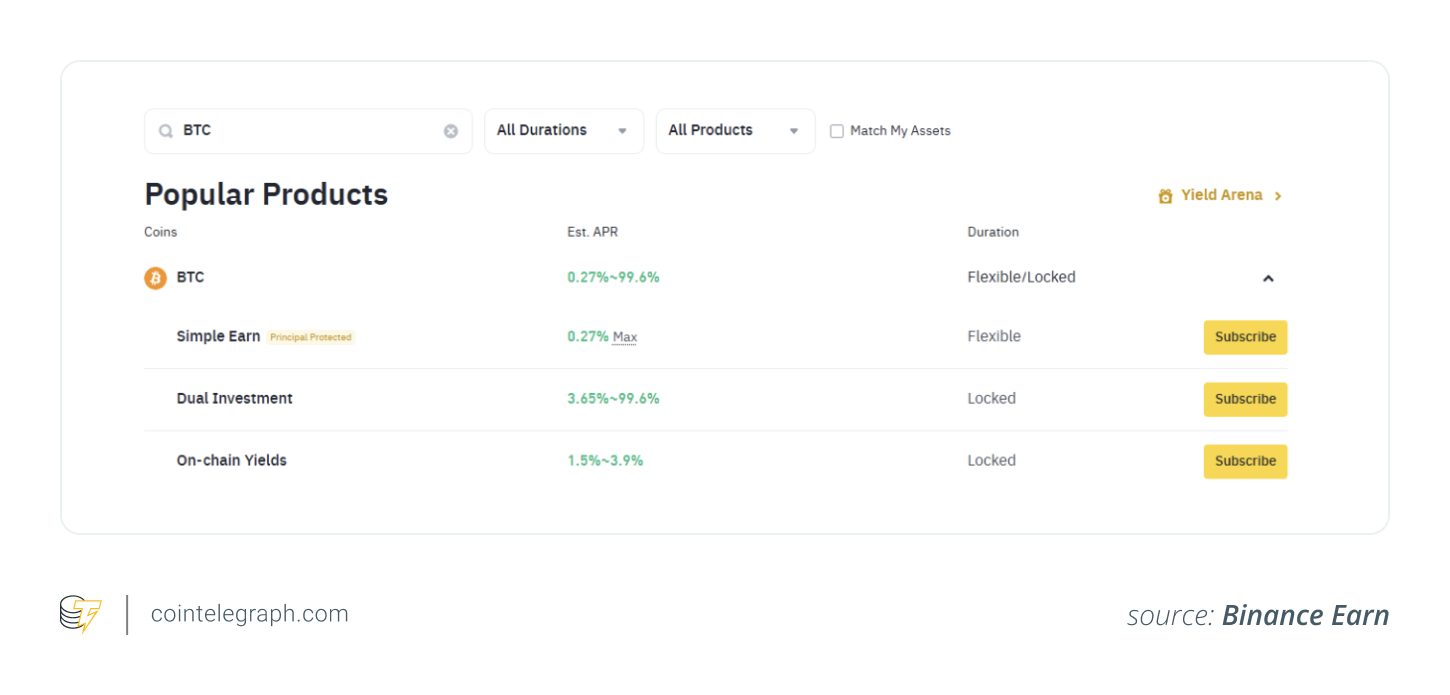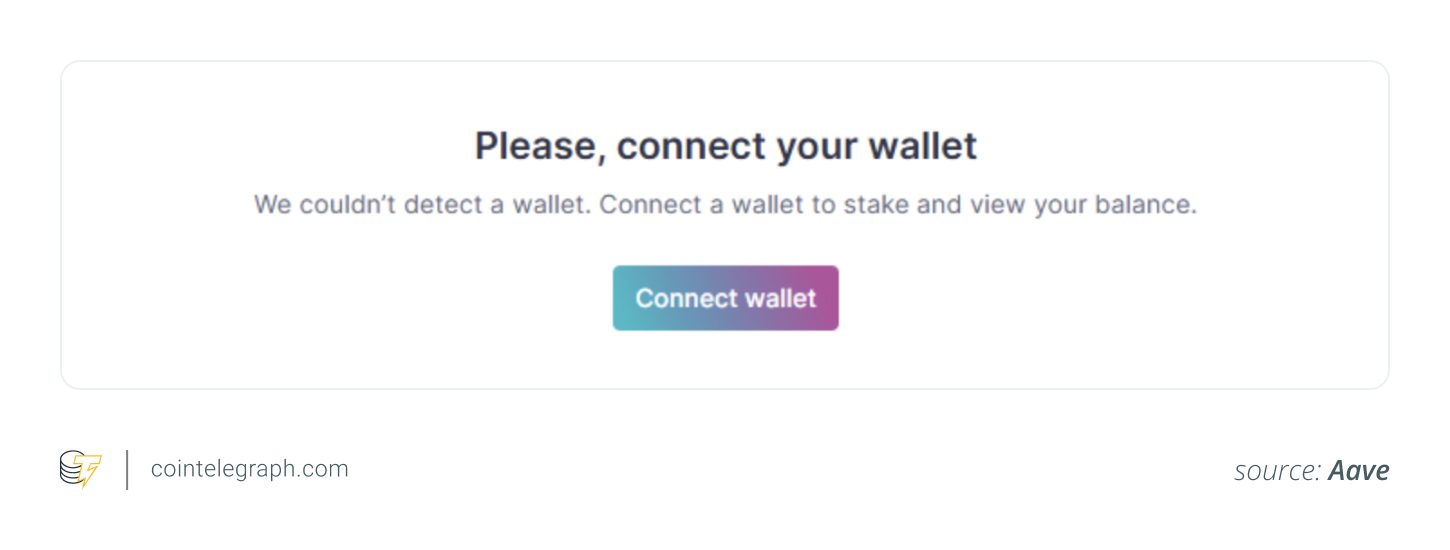Can You Stake Bitcoin (BTC)? Understanding Yield Generation Options
While Bitcoin (BTC) doesn’t natively support staking like Proof-of-Stake (PoS) cryptocurrencies, there are several ways to earn yield on your Bitcoin holdings. These methods involve leveraging decentralized finance (DeFi) platforms, layer-2 solutions, and centralized lending services. This guide explores these options, highlighting their potential benefits and associated risks.
Key Takeaways
- Bitcoin doesn’t support native staking due to its Proof-of-Work (PoW) consensus mechanism.
- Yield-generating methods include centralized lending platforms, Wrapped Bitcoin (WBTC) on Ethereum, and layer-2 solutions like Babylon and Stacks.
- WBTC allows Bitcoin holders to participate in Ethereum’s DeFi ecosystem, but introduces risks related to custodianship and smart contracts.
- Layer-2 protocols like Babylon and Stacks offer innovative ways to earn rewards without removing BTC from the Bitcoin blockchain, by utilizing time-locked scripts or stacking mechanisms.
- It’s crucial to be aware of custodial, smart contract, and regulatory risks associated with each method.
Staking vs. Mining: Understanding the Difference
Before diving into how to earn yield on Bitcoin, it’s essential to understand the difference between staking and mining.
- Staking: Used in PoS blockchains like Ethereum and Cardano, staking involves locking up cryptocurrency to become a validator. Validators are randomly selected to create new blocks and confirm transactions, earning rewards for their participation.
- Mining: Used in PoW blockchains like Bitcoin and Litecoin, mining involves solving complex mathematical puzzles using powerful computers. The first miner to solve the puzzle adds a new block to the blockchain and receives a reward.
Bitcoin’s PoW design means it doesn’t support staking. Instead, the network relies on miners to maintain its security and decentralization. However, alternative methods allow BTC holders to earn yield without altering Bitcoin’s core protocol.
Exploring Ways to Earn Yield on Bitcoin
Here are the primary methods for generating yield on your Bitcoin holdings:
1. Centralized Lending Platforms
Centralized lending platforms like Binance Earn, Nexo, and Ledn allow you to deposit your BTC and earn interest. These platforms lend your BTC to institutional borrowers and pay you interest in return. While this method is relatively straightforward, it involves custodial risk, as you must trust the platform to remain solvent and secure. The collapse of firms like Celsius and BlockFi highlights the potential vulnerabilities.
2. Wrapped Bitcoin (WBTC) on Ethereum
WBTC is an ERC-20 token backed 1:1 by BTC, held by a centralized custodian (BitGo). It allows BTC holders to participate in Ethereum-based DeFi protocols such as Aave, Curve, and MakerDAO. By depositing WBTC into these platforms, you can earn interest or fees. However, this method introduces risks related to BitGo’s custody, bridge vulnerabilities, and smart contract bugs.
3. Bitcoin Layer-2 Platforms
Emerging layer-2 platforms like Babylon and Stacks offer Bitcoin-native yield opportunities. These platforms expand Bitcoin’s utility without requiring you to move your BTC to another blockchain.
- Babylon: Secures its Proof-of-Stake (PoS) network by locking BTC in time-locked scripts. Launched on April 10, 2025, it allows BTC holders to earn rewards by delegating their Bitcoin to finality providers.
- Stacks: Uses a Proof-of-Transfer (PoX) model, where STX token holders lock their tokens to earn BTC rewards paid by Stacks miners.
Detailed Guides: Earning Yield on Bitcoin
Earning Yield with BTC on Centralized Lending Platforms
Earning yield via centralized platforms is generally straightforward:
- Choose a reputable platform.
- Create a verified account.
- Deposit BTC.
- Select a flexible or fixed-term lending option.
- Confirm terms and monitor earnings.
- Withdraw funds after the term.
For example, Binance Earn offers several yield options:
- Simple Earn: Stable yields through flexible or locked savings products.
- Dual Investment: Higher-risk, with returns based on the settlement price of two assets.
- On-chain Yield: Bridges funds to DeFi protocols like Aave, managed by Binance.
Yields and terms vary depending on the platform, chosen option, and market conditions.
Earning Yield with WBTC on Ethereum
WBTC allows BTC holders to earn yield on Ethereum’s DeFi platforms. Here’s how:
- Convert BTC to WBTC: Use a centralized exchange or decentralized bridge.
- Transfer WBTC to a Web3 wallet: Use wallets like MetaMask.
- Connect to a DeFi protocol: Deposit WBTC into a liquidity pool (e.g., on Curve.fi).
- Earn yield: Earn interest or fees based on pool performance.
Earning Yield Using Bitcoin Layer-2s (Babylon Example)
Layer-2 solutions provide unique yield generation opportunities:
- Set up a compatible wallet: Use a wallet supporting Native SegWit or Taproot addresses.
- Access the Babylon Stake app: Visit the platform.
- Connect your wallet: Link your BTC wallet.
- Choose a finality provider: Select one that secures the network.
- Set transaction fees: Choose appropriate fees.
- Confirm and monitor: Lock BTC and track status.
Innovative Mechanisms in Bitcoin Layer-2 Protocols
Layer-2 protocols like Babylon and Stacks introduce unique mechanisms:
- Babylon Protocol: Locks BTC in time-locked scripts for securing its PoS network.
- Stacks Protocol: Utilizes stacking through Proof-of-Transfer (PoX) to generate yield.
Coinbase Bitcoin Yield Fund (CBYF)
Coinbase Asset Management launched the Coinbase Bitcoin Yield Fund (CBYF) to offer sustainable Bitcoin-denominated returns for institutional investors outside the US.
The fund uses a conservative cash-and-carry arbitrage strategy. CBYF offers a safer alternative for earning yield on Bitcoin by targeting annual net returns of 4–8% in BTC.
Risks Involved in Earning Yield with BTC
Be aware of the risks involved in earning yield with BTC:
- Custodial Risk: Risk of insolvency, hacks, or regulatory shutdowns.
- Smart Contract Risk: Vulnerability to bugs or exploits in DeFi platforms.
- Liquidity Risk: Inaccessibility during market shifts.
- Network Maturity: Challenges with newer protocols.
- Market Risk: Price volatility impacting yields.
- Regulatory Risk: Scrutiny and potential tax implications.
The Future of Bitcoin Yield Generation
The landscape is evolving through layer-2 and DeFi innovations. Future advancements may include more non-custodial systems. However, debates continue over balancing utility and Bitcoin’s core principles of security and decentralization.



Disclaimer: This article does not contain investment advice. Every investment involves risk, and readers should conduct their own research.